China
Northeast New Energy registers 3rd CDM project
Northeast New Energy registers 3rd CDM project
The CDM project of Dalian Tuoshan Wind Farm of Northeast New Energy Development Company has become third registered project. This was announced on the website of the United National Framework Convention on Climate Change.
China's Q1 electricity generation grew 20.8% to 948.9bln kWhs
The National Energy Administration said thermal, nuclear power and wind power generation increased 24.3 percent, 7 percent and 99.3 percent, respectively.
CLP focuses on Mainland coal projects
CLP will sell its 70% interest in the 600MW Anshun II Power Station for RMB750 million to China Guodian Corporation. The project is located in Guizhou, China.
Qinghe Power's small parts replacement gets ratified
The National Development and Reform Commission has ratified the small parts replacement of Qinghe Power Company's Project Phase II.
Taishan EPR reactor gets first concrete pour
Around 9000 cubic meters of concrete were initially poured for the second Taishan EPR reactor in Guangdong, southern China.
Chifeng Yihegong wind certified as CDM project
The Chifeng Yihegong Wind Power Project has been officially declared as a registered CDM project. This was announced by the United National CDM Executive Board, making it CPI’s 5th wind power project that has completed Clean Development Mechanism registration.
Haiyang NPP's CV bottom head successfully installed
Unit 1 of Haiyang Nuclear Power Plant will embrace the peak of its NI construction soon. This is indicated by the successful installation of the whole containment vessel bottom head of CPI Haiyang NPP Unit 1 and has paved the way for future construction.
China and Korea cooperate on nuclear projects
KOPEC agreed to cooperate in nuclear power projects undertaken by CPIPEC Power Engineering. The scope of the cooperation includes, but not limited to such areas as project management, quality and safety management, and technical support and training.
CR Power's quarterly generation up 45.3%
CR Power's total net generation in March 2010 increased by 38.6 percent to 7,935,846 MWh. It only generated 5,725,343 MWh in the same period last year. The month's increase pushed its total net generation for the first quarter of 2010 up by 45.3 percent to 22,348,217 MWh compared to 15,380,531 MWh for the same period last year.
Hubei Xianjuding completes 30MW wind project
All 40 wind turbines of Hubei Xianjuding Wind Power Project of CPI Henan Branch have been commissioned.
Satcon provides solar inverters to China
Satcon Technology Corporation will provide 150 megawatts of its 500kW solar PV inverters to GCL Solar Limited. It will begin supplying the inverters in April, with all deliveries scheduled for completion in October of 2010.
Developments in Jiaxing offshore wind projects underway
China Wind Power, the Zhejiang Jiaxing government and Zhejiang M&E Group will jointly prepare to develop Jiaxing offshore wind projects. The works include setting up mast to evaluate the wind.
China’s first lignite-fired USC passes test
The 1×600MW unit of project Phase I in Liaoning Qinghe Power Plant of China Power International passed the 168-hour full-load operation.
AMSC, Sinovel develop most powerful Chinese turbines
American Superconductor Corporation received the initial order for full wind turbine electrical control systems from Sinovel Wind Group Co.
CR Power increases net generation by 49.2%
China Resources Power increased its total net generation for January and February by 26.1 percent to 5,854,767MWh. The company recorded a net generation of only 4,641,130 MWh for the same period in 2009. Total net generation for the first two months of 2010 increased by 49.2% to 14,410,321 MWh compared to 9,655,188 MWh for the same period last year.
Liaoning wind power project receives approval
The Liaoning Zhangwu Pingandi Wind Power Project received approval from Liaoning Provincial Development and Reform commission.
Mengdong Energy gets 2000MW wind farm deal
Mengdong Energy Group got the right to develop up to 2000MW wind farms in the Chifeng Alukerqin region.

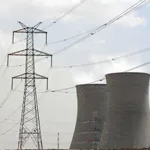
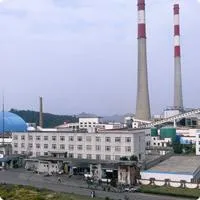





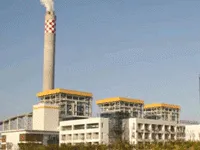



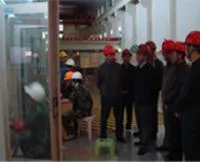

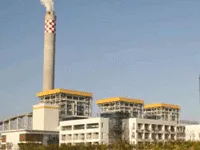

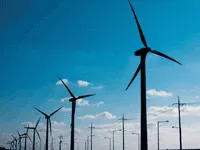

 Advertise
Advertise














